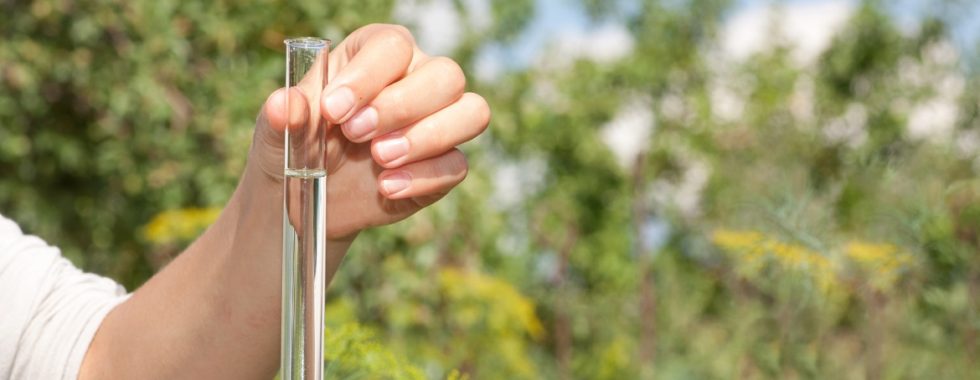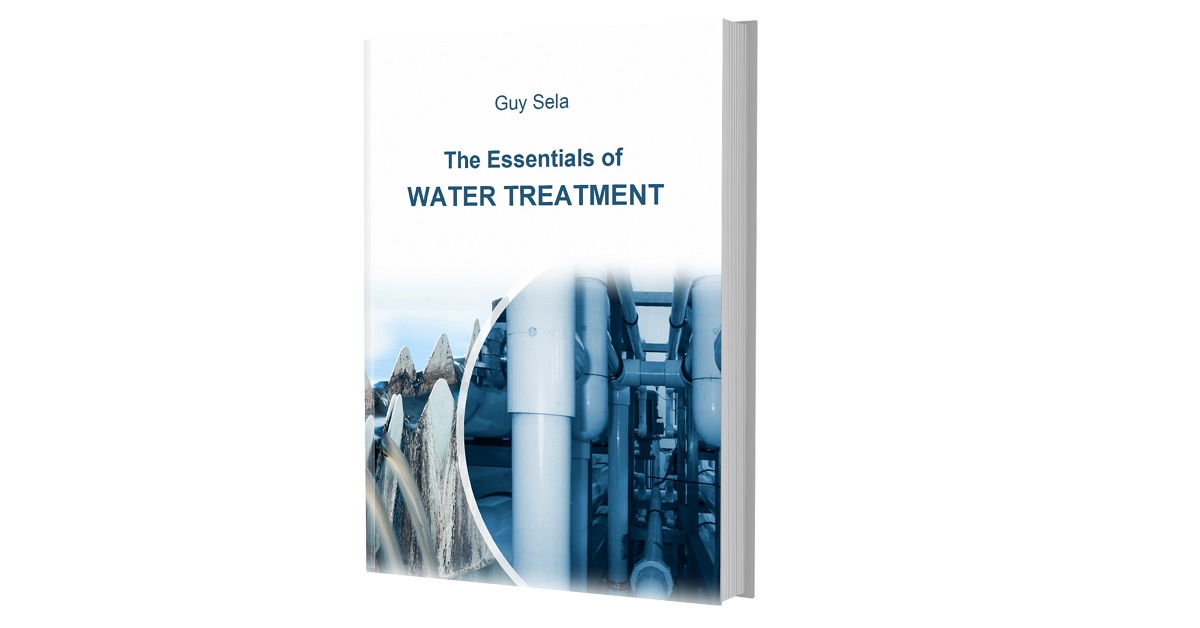Water Hardness
Water hardness is defined as the sum of the divalent metallic ions in the water. The main contributors to the hardness of the water are calcium and magnesium. Additional contributors to the hardness of the water include iron (Fe2+), strontium (Sr2+), zinc (Zn2+), manganese (Mn2+), and other ions. However, their concentrations are usually significantly lower than the concentration of calcium and magnesium.
In most cases, summing up the calcium and magnesium in the water gives an adequate hardness measure.
The Essentials of Water Treatment – a new e-book by Guy Sela.
WHAT ARE THE EFFECTS OF WATER HARDNESS?
- Hard water might cause scale deposition in water distribution and irrigation systems.
- It reduces the efficiency of heat exchangers.
- Water hardness might cause corrosion.
- Might cause scaling in membrane filtration systems.
In addition, calcium and magnesium react with soap to form soap scum. Therefore, hard water increases the consumption of soap, as soap will not create foam.
Does water hardness have any positive effects?
In adequate concentrations, calcium and magnesium have a positive effect both on human health and on plants. They are both considered to be essential nutrients, and their deficiency might cause health problems. Therefore, in drinking water and irrigation water, a certain level of hardness is favorable.
TEMPORARY HARDNESS VS. PERMANENT HARDNESS
There are two types of hardness – temporary hardness and permanent hardness.
Temporary hardness – also called ‘Carbonate hardness’. This type of hardness refers to the calcium and magnesium carbonates and bicarbonates in the water. Heating the water or reacting it with lime removes this hardness. CO2 is released as gas, and precipitates of insoluble calcium carbonate and/or magnesium hydroxide are formed.
Ca(HCO3)2 –> CaCO3↓ + CO2↑ + H2O.
Mg(HCO3)2 –> Mg(OH)2↓ + 2CO2 ↑
Permanent hardness is also referred to as ‘non-carbonate hardness. It is the hardness due to the presence of calcium or magnesium sulfates, chlorides and nitrates. For example, calcium sulfate, magnesium chloride etc.
The addition of lime and soda ash removes permanent hardness. The amount of lime needed depends on the chemical composition of the water. Excess lime must be added when the magnesium hardness is high.
UNITS OF EXPRESSION
The concentrations of calcium and magnesium are expressed as equivalent of CaCO3. The most common unit for expressing the level of hardness in the water is, therefore, ‘mg/L as CaCO3’.
When the concentrations of calcium and magnesium in the water are known, hardness can be calculated, using the following formula:
Water hardness = 2.5Ca + 4.1Mg
Where calcium and magnesium are measured in ppm (1ppm=1 mg/L).
For example, water with 50 ppm Ca and 15 ppm magnesium will have hardness of:
2.5×50 + 4.1×15 = 186.5 mg/L CaCO3
Additional units include:
dGH – ‘Degrees of General Hardness’ or ‘German Degrees’.
1 dGH = 17.484 mg/L CaCO3
Grains per gallon: 1 gpg = 17.1 mg/L CaCO3
French degrees ⁰fH:
1 French degree = 10 mg/L CaCO3
Classification of water hardness levels:
Hardness in mg/l CaCO3 |
Hardness level |
|
< 60 mg/l |
Soft |
|
60 – 120 mg/l |
Medium-hard |
|
120 – 180 mg/l |
Hard |
|
> 180 mg/l |
Very hard |
Additional reading:
The book water treatment professionals were waiting for
The Essentials of Water Treatment
The book water treatment professionals were waiting for
“The Essentials of Water Treatment” – a new e-book by Guy Sela. Learn the fundamentals of water treatment .




